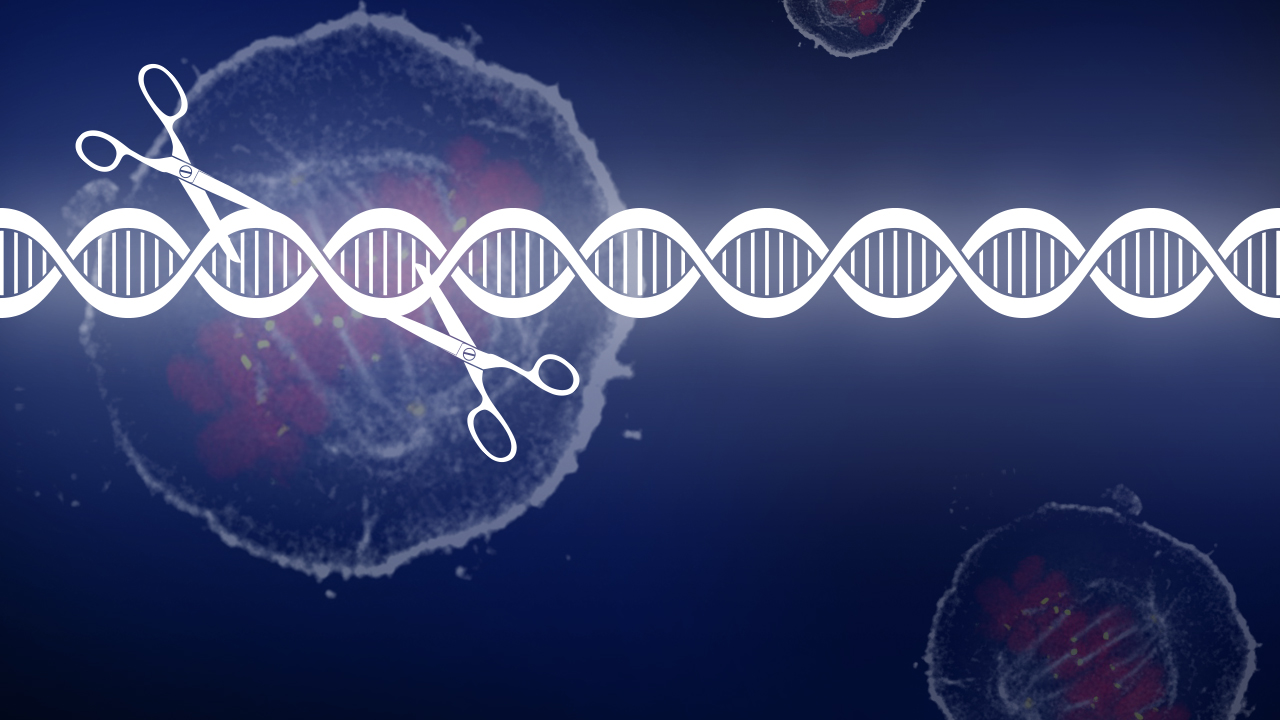The Dark Side of CRISPR
By Sandy Sufian and Rosemarie Garland-Thomson,
Scientific American
| 02. 16. 2021
Its potential ability to “fix” people at the genetic level is a threat to those who are judged by society to be biologically inferior
Americans have celebrated the fact that the Biden administration is embracing science and returning the country to evidence-based policymaking. We agree that science should guide policy—except in cases where it wouldn’t assist people to live their lives but would, instead, exclude them.
The CRISPR-Cas9 gene-editing technology, for which biochemists Jennifer Doudna and Emmanuelle Charpentier won the Nobel Prize in Chemistry, has the potential to do just that. So do other forms of scientific technologies. We should therefore always be aware of the ethical choices these technologies can pose.
In the case of CRISPR, those choices are complex. CRISPR has many functions; one of these is that it can be used to treat disease. Yet the far-reaching, more fraught promise of this technology—one about which scientists seem at once excited and cautious—lies in its ability to eliminate from the gene pool what medical science identifies as faulty or abnormal genes that cause difference in individual people. Certainly, goes the logic of CRISPR’s promise, the goal of ridding future generations of terrible diseases that cause suffering and death and deplete resources...
Related Articles
By Katherine Long, Ben Foldy, and Lingling Wei, The Wall Street Journal | 12.13.2025
Inside a closed Los Angeles courtroom, something wasn’t right.
Clerks working for family court Judge Amy Pellman were reviewing routine surrogacy petitions when they spotted an unusual pattern: the same name, again and again.
A Chinese billionaire was seeking parental...
By Sarah A. Topol, The New York Times Magazine | 12.14.2025
The women in House 3 rarely had a chance to speak to the women in House 5, but when they did, the things they heard scared them. They didn’t actually know where House 5 was, only that it was huge...
By Sarah Kliff, The New York Times | 12.10.2025
Micah Nerio had known since his early 30s that he wanted to be a father, even if he did not have a partner. He spent a decade saving up to pursue surrogacy, an expensive process where he would create embryos...
By Carter Sherman, The Guardian | 12.08.2025
A huge defense policy bill, revealed by US lawmakers on Sunday, does not include a provision that would have provided broad healthcare coverage for in vitro fertilization (IVF) for active-duty members of the military, despite Donald Trump’s pledge...




